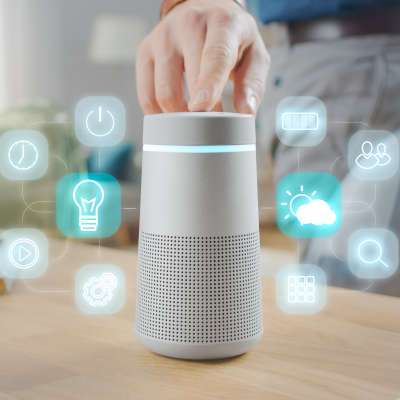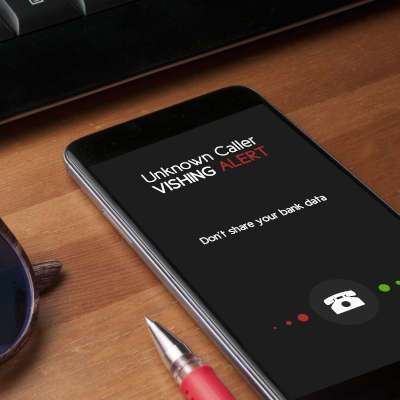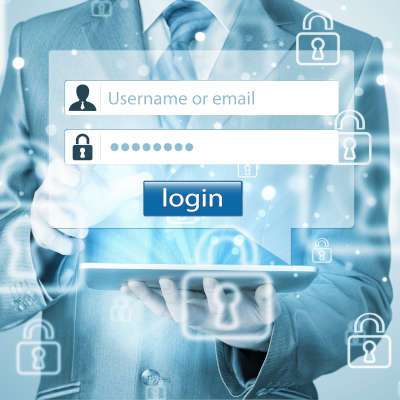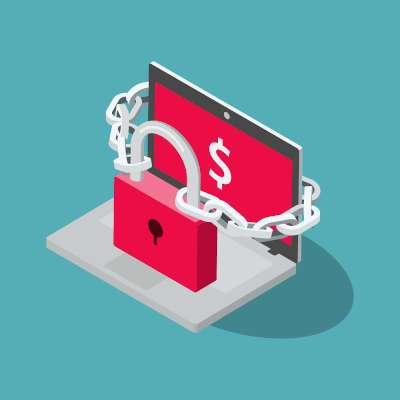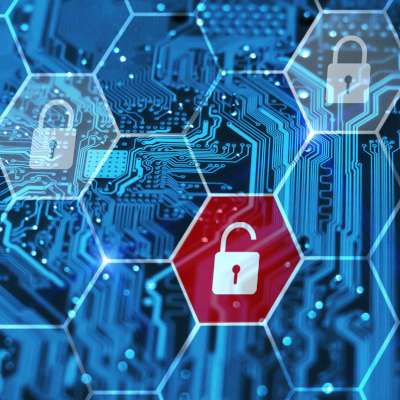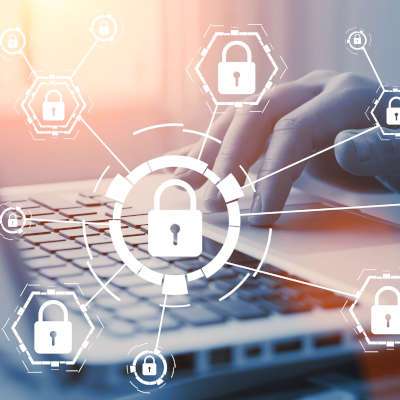If you’ve been reading this blog, you’ve seen Macro Systems discuss phishing attacks. Whether you are being asked by some supposed Nigerian prince to hand over money or you are getting an email by what seems to be your bank that directs you to download an attachment, you are probably a potential victim of a phishing scam. The difference between being a potential victim and a victim is knowing how to identify it. Listed below are five ways to identify a phishing message so that you or your business won’t be scammed.
Macro Systems Blog
Smart assistants usually appear in the office and home, so much so that the novelty seems to have finally worn off and they are now just another appliance. Like any other appliance, there are a few quirks that can be frustrating to deal with. For example, anyone living around these devices has shared a particular experience: the device registering something as a wake word that certainly wasn’t meant to be the wake word.
Since the onset of the coronavirus, many companies have managed to sustain themselves via remote work, also commonly known as telework. While this strategy has permitted quite a few businesses to survive, it has also opened them up to security threats. Listed below is a focus on one such threat: vishing, or voice phishing.
If you were told that one variable was responsible for more than 80 percent of cyberattacks, what would you guess that variable was? If you guessed “stolen access credentials,” you’d be right. The standard username/password combination may soon be a relic of the past as more tech companies transition to alternative authentication measures.
When we think of modern cybercrime, most people’s minds go to one of two places: some think about the annoying, misspelled emails that are clearly scams, while on the other can’t help but think about the hacks that we see in movies, where a cybercriminal manages to overcome the best the government can incorporate into their defenses.
Small business owners are always searching for that “special something” that will provide added value to their offering. In 2020, with COVID-19 causing all kinds of chaos, it has been hard for businesses to commit to any new investments. To keep revenue coming in, a lot of businesses have been forced into letting their staff to work remotely. To make this work, many have rolled out VPN for their business, but like seemingly everything else, there are very serious risks about relying too heavily on your VPN. Listed below are a look at some of these risks.
The password is the primary element of both data security and user authentication; this makes the construction of them extremely imperative to protecting digital assets. Alas, not everyone comprehends how to construct passwords that actually work to protect the information on the other side. Listed below is a discussion on how to create a solid password that works to keep your digital resources safe.
The COVID-19 pandemic has created an ominous situation for many businesses, resulting in employees finding themselves in a vulnerable position. Regardless of whether or not your employees are able to come into the office right now, it is critical that you share the following information with them, as it may help to keep them out of a tough spot.
With the COVID-19 pandemic far from over, many companies have had their attention pulled away from their cybersecurity needs by the concerns that the current health crisis has created. Listed below are some of the observations that a group of 273 cybersecurity professionals have made, courtesy of an annual survey.
A security audit tests the overall integrity of your business when it comes to its IT security. In our modern environment, businesses need to have strengthened fortifications in place to protect themselves from cyberthreats, and these fortifications need to be properly tested and reviewed over time. Listed below are some of the types of audits and their benefits, and how you can assess your security.
Beginning in 2008, Verizon has created a report outlining the cybersecurity incident trends that the previous year demonstrated. In doing so, they have provided a resource that offers businesses greater insights into where their cybersecurity efforts need to be focused. Listed below are some of 2019’s trends and insights that were highlighted in the Verizon Business 2020 Data Breach Investigations Report (DBIR).
Conferencing has been a critical tool for businesses as stay-at-home orders have moved their operations out of the office and into worker’s homes. While there are dozens of video conferencing solutions on the market, businesses should consider security just as much as they consider functionality. Below is a look at security for your company’s conferencing solutions.
Protecting your online accounts, your data, and your clients’ information is now more critical than ever. Industry and state-mandated compliances are now forcing businesses to tighten their cybersecurity, and it’s imperative that every human being on the Internet take their own personal security seriously. This guide is designed to offer the best practices for strong passwords.
At any given time, a business needs to consider its security, but this need only intensifies when its employees are working remotely. With the coronavirus pandemic very much still in play, the likelihood that your workers are in this situation has risen dramatically. In order to maintain your organizational security, you must consider the many factors that a remote workforce can introduce.


